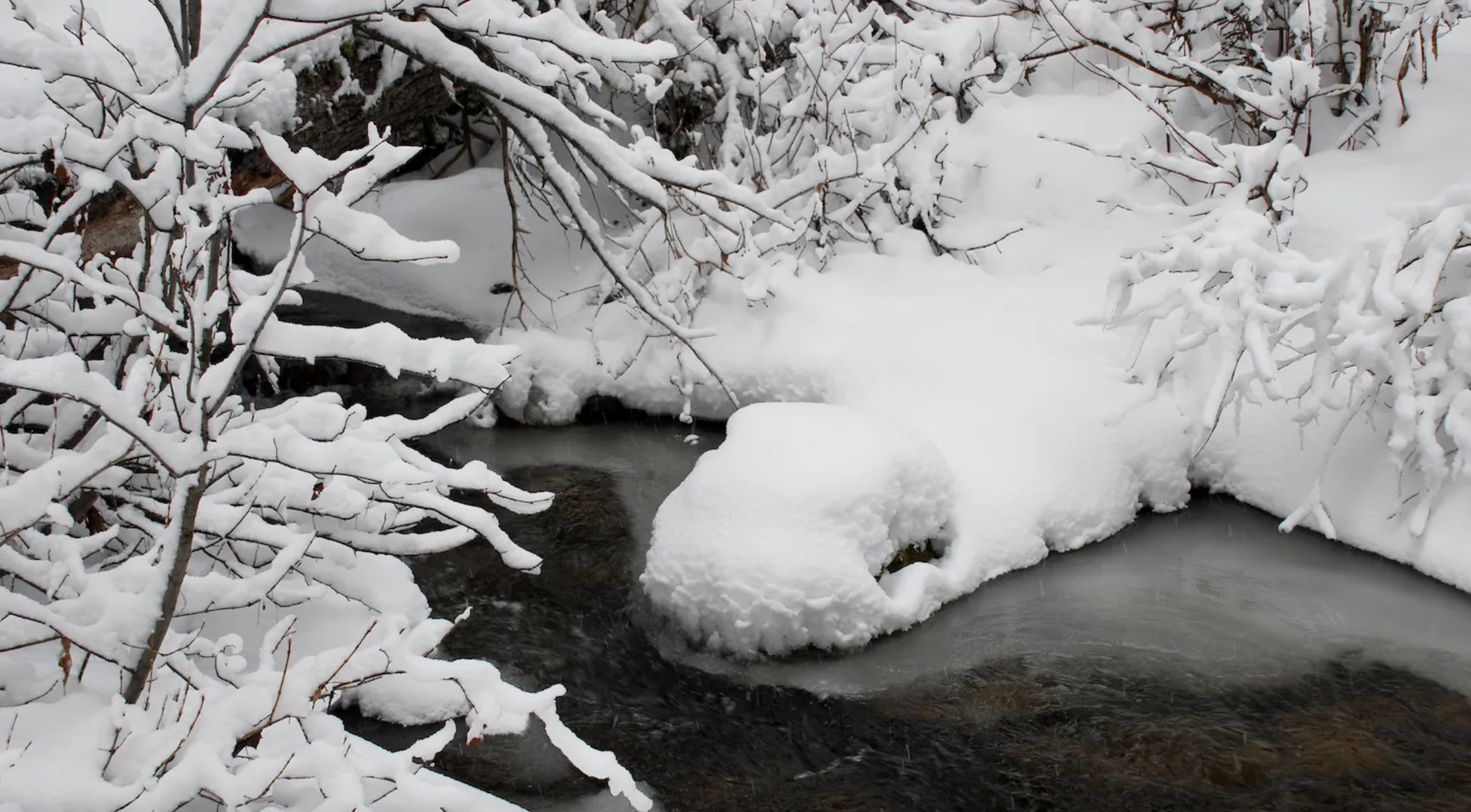
By Margaret O’Hara
Laramie Boomerang
Via- Wyoming News Exchange
SHERIDAN — Local and statewide snow and water content data warn of continued drought conditions, particularly in the northeastern corner of Wyoming, despite last week’s snowfall.
Conservationists and emergency personnel in Sheridan County are preparing for drought — and its frequent companion, fires — this summer.
The Wyoming State Climate Office and U.S. Department of Agriculture collect snow and water content data in basins throughout Wyoming. District Conservationist for the U.S. Department of Agriculture Natural Resource Conservation Service’s local district Andrew Cassiday explained these data can come from snow courses, in which researchers use probes to collect tubes of snow-water in the same location over time, or snotels, rubber bladders that relay snow-water levels via satellite.
On April 1, snowpack snow-water content remained below median levels throughout the Bighorn Mountains, Cassiday said. Tongue River drainage averaged 84% of median snow-water levels, about four-fifths of snow-water levels observed last year, Cassiday’s April 1 snowpack report indicates.
Meanwhile, Clear Creek drainage in the southern Bighorns averaged about 90% of median snow-water levels, about three-quarters of snow-water levels observed last year.
These snow-water levels were not great but not catastrophic, Cassiday explained; they’re neither significantly better nor worse than past years.
“We’re at a definite in-between,” Cassiday said.
The past week of snow has increased snowpack in many areas of the state — including Sheridan County — but snow-water levels throughout Wyoming remain well below the median, Wyoming State Climate Office Hydrologist Jim Fahey announced in an updated report Friday.
Wyoming’s snow-water content averaged 78% of median, a decrease from 2021 (86% of median) and 2020 (110% of median), Fahey indicated.
As of April 12, the Tongue River basin had reached 91% of median snow-water levels, one of just three basins in Wyoming above 90% of median snow-water levels, Fahey’s report indicates.
Most basins in Wyoming are between 70% and 89% of median levels, including the Powder River basin, which encompasses much of eastern Sheridan, Johnson and Campbell counties and was at 86% of median snow-water levels April 12.
This time in 2021 and 2020, snow-water levels in the Tongue River and Powder River basins were well above 100% of median.
Fahey’s report states the Belle Fourche and Cheyenne River basins in the far eastern part of Wyoming have experienced the lowest snow-water levels in the state this year, at just 61% and 51% of the median, respectively, so far this year.
Especially in Sheridan County, this data has one major caveat, Cassiday said: It offers little indication of climatic realities at elevations below 5,000 feet, where snow remains on the ground for shorter periods. As a result, the data offer limited insight about the status of the eastern two-thirds of the county.
However, Cassiday said eastern Sheridan County remains generally much drier than the county’s drier-than-usual western half.
There is good and bad news heading into the summer heat for Sheridan County residents.
The good news is flooding is unlikely this summer, Cassiday said.
Flooding can damage human homes and infrastructure, Cassiday explained, but it can also wreak havoc on the natural world, causing erosion and carrying pathogen loads into streams and rivers.
Sheridan County Emergency Management Coordinator Jesse Ludikhuize said the county is closely monitoring the possibility of flooding — which would most likely occur in towns on the Tongue River like Dayton and Ranchester as well as other areas near water — but not too concerned about flooding this year, according to the National Weather Service.
Just in case flooding does occur, Ludikhuize said the county has established free sandbag stations throughout Sheridan County, including one at the fairgrounds. Residents are welcome to fill and take home sandbags, Ludikhuize said; all they have to do is bring a shovel.
The bad news about this year’s low snow-water content is drought and the possibility of associated fires.
Rain and snowfall in the next month or two will be essential for rangeland forage growth, Cassiday explained. The amount of water will determine the amount of hillside plant growth for livestock and wildlife to consume. Although less growth would mean less vegetation for potential grass fires, a dry spring will be harmful, particularly in the eastern half of Sheridan County.
“It has been terribly dry there for two summers already, and it looks a lot like it’s not going to change,” Cassiday said.
In response to this drought, officials across Wyoming are getting into “fire season mode,” Ludikhuize said. Cassiday explained dry springs and autumns have extended the local fire season in recent years.
“We’ve seen in the past five or 10 years that we still worry about fire even into September [and] October,” Cassiday said.
In Sheridan County, Ludikhuize said preparing for fire season means establishing an evacuation plan for Story, which is the community in the county at the highest risk of fire. The county has an evacuation plan in place for the town and recently received approval from the Wyoming Department of Transportation to put up signs to indicate evacuation routes.
Ludikhuize recommended county residents assemble emergency preparedness kits, including a week’s worth of supplies for each household resident. Additional fire and other emergency information is available at sheridancounty.com/depts/





